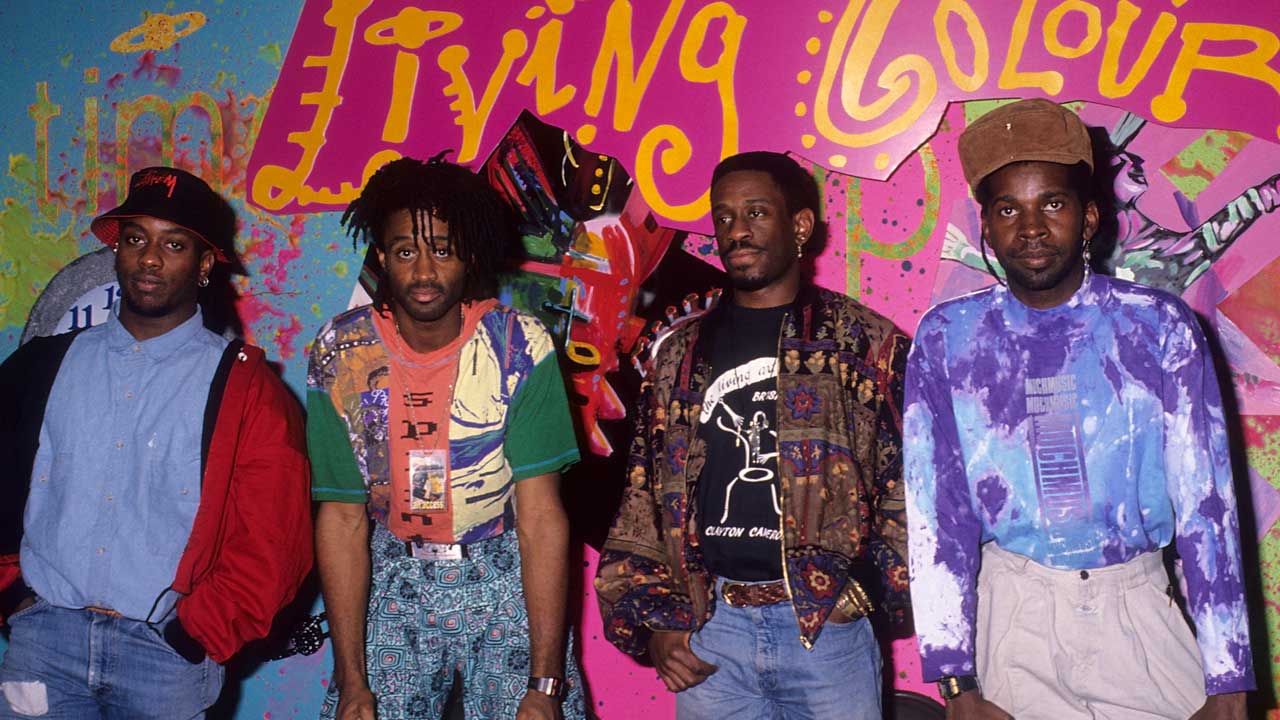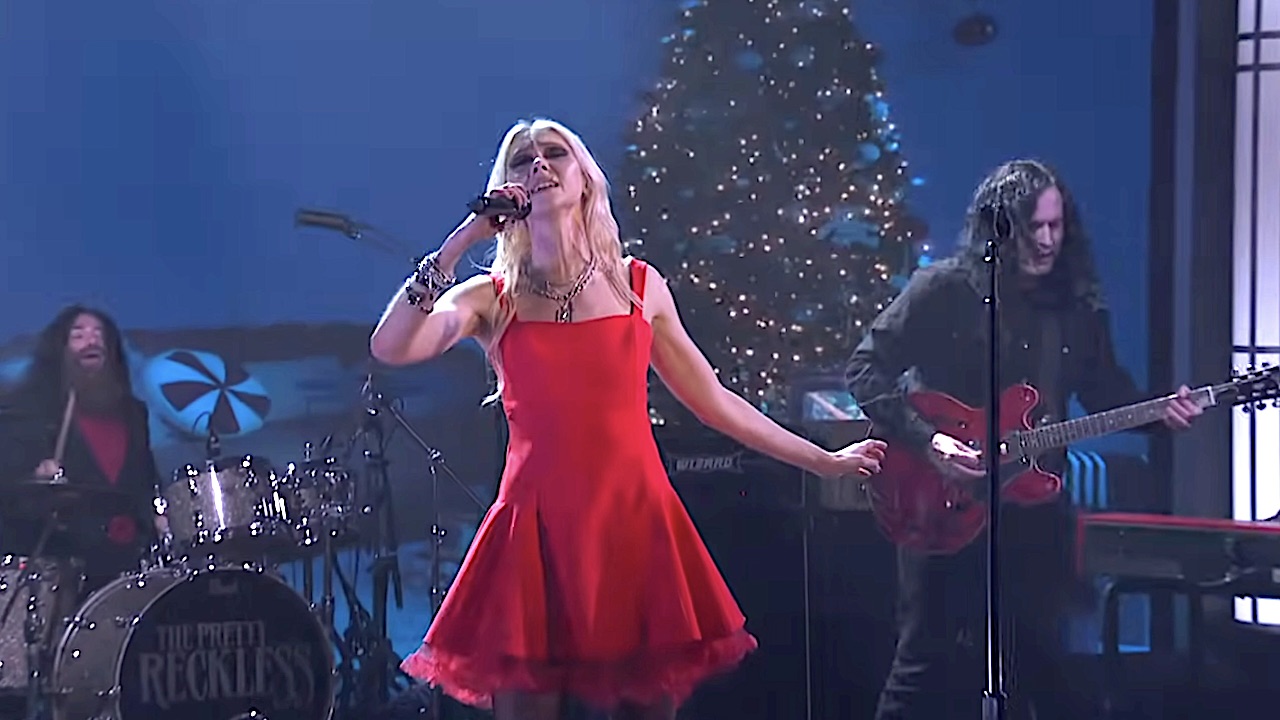Why you should definitely own Time’s Up by Living Colour
Mick Jagger talking about Elvis, Little Richard offering advice: Living Colour's follow-up to their debut hit Vivid was not like other second albums

When someone's debut album is a straight away, they often start to think about ‘the sophomore slump’ – where the ‘difficult’ second album is a relative flop – and hope that the jinx, which strikes remarkably often, doesn’t hit them.
That’s where New York band Living Colour found themselves just as the 90s were dawning: “I think it was a very interesting time, because we had just come off of [debut] Vivid,” guitarist Vernon Reid remembers. “We were all in different places; I was very much concerned that the band was advancing musically.”
But Reid shouldn’t have been that troubled about Living Colour’s ‘advancement’. After all, he and the band’s dextrous rhythm section at the time – bassist Muzz Skillings and drummer Will Calhoun – had a heavy-duty jazz/fusion background, while singer Corey Glover was one of the most soulful-sounding in rock. But they still felt a degree of uncertainty upon entering the old A&M Studios in Los Angeles to work once more with Vivid producer Ed Stasium on the follow-up.
Says Reid: “I think different people were dealing with different personal issues. I know that Will Calhoun had a situation in his family that he was trying to come to grips with; Corey Glover had lost his father during the previous tour. There was a lot going on. There was a lot riding on the record, trying to fit the band into this thing and that thing. And of course now we were ‘the black rock band that made it’.”
That tension and uncertainty can certainly be felt in the resulting album, 1990’s Time’s Up. While Vivid was a musically quite diverse rock album, on Time’s Up the band took it further.
Reid: “It goes from Time’s Up, very much a hardcore song, to Solace Of You, which was something that almost could have been on [Paul Simon’s] Graceland; it has Fight The Fight, which is one of my favourite songs that I wrote with Corey.”
In addition to those tracks, Living Colour radiated a plethora of styles: metallic riff monsters Pride and Type, the soul-pop of Love Rears Its Ugly Head, and the fun jazz-rock romp Elvis Is Dead that Reid still remembers fondly: “The two things I recall was that [saxophonist] Maceo Parker played, and Little Richard [who had a cameo].
Sign up below to get the latest from Classic Rock, plus exclusive special offers, direct to your inbox!
"Little Richard would talk to us about how important it was that we were doing what we were doing. That was in the middle of making the record! Another funny thing is when we had Mick Jagger and a bunch of other people saying the phrase ‘Elvis is dead’ in different languages.”
Reid found himself in an interesting situation mid-recording too: “One of the background singers on Solace Of You – I believe she sings in Swahili – is Derin Young, my ex-girlfriend. It was ironic, because we had broken up during Vivid, and the song Love Rears Its Ugly Head was written about her!”
While Time’s Up wasn’t as big a commercial success as its predecessor, it did gain critical plaudits, and it brought the band their second Grammy Award, for Best Hard Rock Performance, and earned a spot on the inaugural Lollapalooza tour that summer.
Contributing writer at Classic Rock magazine since 2004. He has written for other outlets over the years, and has interviewed some of his favourite rock artists: Black Sabbath, Rush, Kiss, The Police, Devo, Sex Pistols, Ramones, Soundgarden, Meat Puppets, Blind Melon, Primus, King’s X… heck, even William Shatner! He is also the author of quite a few books, including Grunge Is Dead: The Oral History of Seattle Rock Music, A Devil on One Shoulder And An Angel on the Other: The Story of Shannon Hoon And Blind Melon, and MTV Ruled the World: The Early Years of Music Video, among others.

